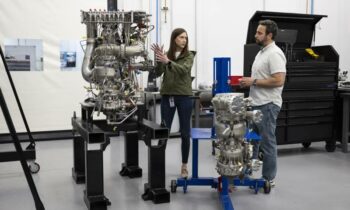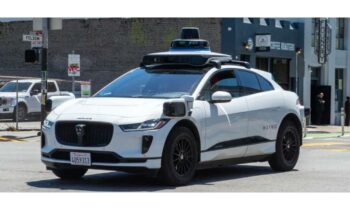Honda may have to spend up to $14 billion on a proposed electric vehicle plant in Canada, according to a report published on Sunday by Nikkei Asia. If the project is approved, it would be one of the automaker’s biggest expenditures to date. The carmaker is considering a number of possible sites around the nation of North America, including one in Ontario that is close to an existing auto plant.
The project is expected to be operational by 2028, and by the end of this year, Honda plans to have selected a precise location. In addition, the location would be the Japanese automaker’s second plant in North America, after a U.S. facility that is presently being built.
Masonry for a new electric vehicle (EV) facility in Jeffersonville, Ohio, was started in June by Honda and LG Energy Solution (LGES). By the end of 2024, Honda anticipates that the plant will be finished and that 2,527 people will be employed overall. Inflation Reduction Act (IRA) regulations requiring domestic vehicle manufacturing are anticipated to benefit the manufacturer by granting access to EV tax incentives in the United States.
Like the European Union (EU) and the U.S. states of California, Maryland, and New Jersey, Canada has implemented a plan to outlaw the sale of new internal combustion engine (ICE) vehicles by 2035. This plan is known as the Electric Vehicle Availability Standard.
In order to rival market leader Tesla, Honda and General Motors (GM) had also planned to collaborate on the development of cost-effective electric vehicles (EVs). However, the manufacturers announced in a joint statement in October that they were abandoning those plans.
The companies released a statement saying, “After extensive studies and analysis, we have come to a mutual decision to discontinue the program,” “Each company remains committed to affordability in the EV market.”
It’s interesting to note that Honda intends to introduce at least ten fully electric motorcycle models by 2025, with a maximum of 3.5 million sales annually by 2030, in order to compete in another market for electric motorcycles.



